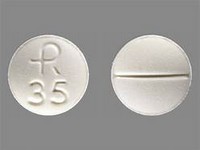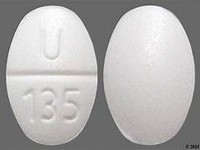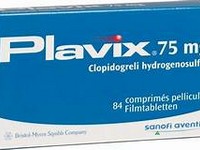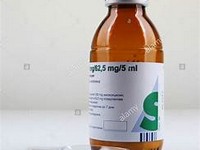Chloroquine

Chloroquine
CLINICAL USE
Treatment and prophylaxis of malaria Discoid and systemic lupus erythematosus Rheumatoid arthritis DOSE IN NORMAL RENAL FUNCTION
Orally (as base) Malaria treatment: 600 mg, followed by 300 mg 6–8 hours later, then 300 mg/day for 2 daysMalaria prophylaxis: 300 mg once a week on the same day each week (start 1 week before exposure to risk and continue until 4 weeks after leaving the malarial areaSLE: 150 mg daily Rheumatoid arthritis: 150 mg daily; maximum 2.5 mg/kg PHARMACOKINETICS
Molecular weight :319.9 (515.9 as phosphate), (436 as sulphate) %Protein binding :50–70 %Excreted unchanged in urine : 42–47 Volume of distribution (L/kg) :>100half-life – normal/ESRD (hrs) :10–60 days/5–50 days DOSE IN RENAL IMPAIRMENT
GFR (mL/MIN)
20 to 50 : Dose as in normal renal function 10 to 20 : Dose as in normal renal function <10 : 50% of normal dose DOSE IN PATIENTS UNDERGOING RENAL REPLACEMENT THERAPIES
CAPD :Not dialysed. Dose as in GFR <10 mL/min HD :Not dialysed. Dose as in GFR <10 mL/minHDF/high flux :Unknown dialysability. Dose as in GFR <10 mL/minCAV/VVHD :Not dialysed. Dose as in normal renal function IMPORTANT DRUG INTERACTIONS
Potentially hazardous interactions with other drugsAnti-arrhythmics: increased risk of ventricular arrhythmias with amiodarone – avoid concomitant useAntibacterials: increased risk of ventricular arrhythmias with moxifloxacin – avoid concomitant useAnti-epileptics: antagonism of anticonvulsant effectAntimalarials: increased risk of convulsions with mefloquine; avoid concomitant use with artemether/lumefantrineCiclosporin: increases ciclosporin concentration – increased risk of toxicityDigoxin: possibly increased concentration of digoxinLanthanum: absorption possibly reduced by lanthanum, give at least 2 hours apart ADMINISTRATION
Reconstition
– Route
Oral, IV, IM/SC in rare cases Rate of Administration
IV infusion : Administer dose 10 mg/kg of chloroquine base in sodium chloride 0.9% by slow IV infusion
over 8 hours followed by 3 further 8 hour infusions containing 5 mg base/kg (total dose 25 mg base/kg over 32 hours)Comments
Oral: Do not take indigestion remedies at the same time of day as this medicineChloroquine sulphate inj. is available: 5.45% w/v (equivalent to 40 mg chloroquine base per mL) OTHER INFORMATION
Excretion is increased in alkaline urine Caution in patients with renal or hepatic diseaseBone marrow suppression may occur with extended treatment150 mg chloroquine base is equivalent to 200 mg of sulphate and 250 mg of phosphate
See how to identify renal failure stages according to GFR calculation
See how to diagnose irreversible renal disease
Home









